Almost no one is anything but thrilled that Susan Zirinsky, 66, has become the President of CBS News: the first female to head up a national network news division and a never-stopped-working “legend” in TV news, to quote the New York Times. When she walked into the CBS building on her first day in her new job, Monday, January 8, “she made an entrance,” said the L. A. Times, “worthy of a rock star,” with “loud cheers and applause [arising] from elated staff members as she stepped into the newsroom at the network’s studio… for the first time since her new appointment was announced” the day before.
Her new position, replacing David Rhodes, has been termed a “win-win.” Z, as all her colleagues have called her from the beginning of her career, was the inspiration for the feisty, principled Holly Hunter character in the 1987 movie Broadcast News. She’s been at CBS for four decades—evening, morning, White House, and, since 1996, executive producer of 48 Hours. She’s a super-pro who has more than earned her stripes. In a sad and little-noted time confluence, however, her leg-up in news was helped by another path-breaking female news veteran—Sylvia Chase—who died, at 80, just days before Zirinsky was appointed to her new position.
Today, when TV political news is so gloriously peopled by highly attractive and fabulously competent Millennial females—from Katy Tur to Elise Jordan to too many others to name—it’s hard to remember a time when avid and talented female news reporters were made to sit at kindergarten-style school desks (true, that) and had to fight to prove themselves better than the older males they worked “under.” They delivered scoops with the crazy gusto only required of underdogs.
A Legendary Trio
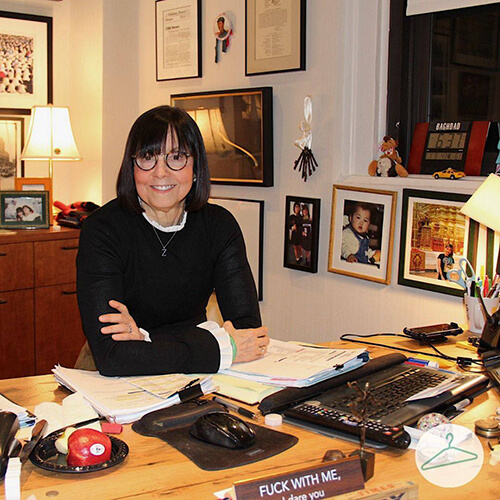
Susan at her desk in 2018. Image: The Empty Hanger/Facebook
It was 1972, when Zirinsky—following fellow legends Connie Chung and Leslie Stahl—arrived at CBS’s Washington national news bureau.
When I interviewed Z in 2010 for my book The News Sorority: Diane Sawyer, Katie Couric, Christiane Amanpour – and the Triumph of Women in TV News, she said: “I have to show you something!” She whipped a piece of paper out of her wallet. It was a note Leslie Stahl had written her in 1973. Susan was 20 at the time and often referred to as “pint-sized” (she didn’t mind it; she knew her savvy ambition disproved that silly underestimation). Up until then, the American University undergrad and “news nerd” had been desultorally licking envelopes for New York Congressman Ed Koch amid highly manicured volunteers who, unlike her, were looking not for careers but for husbands (this was a long time ago … before you could want, and have, both things). She felt like “Alice falling down the rabbit hole” to be hired by CBS at the height of Watergate.
She was the inspiration for the feisty, principled Holly Hunter character in the 1987 movie Broadcast News.
But it wasn’t easy for “the girls,” and Leslie Stahl’s note—written after Zirinsky was apparently bawled out by a male editor—made that clear. Stahl had scribbled “Don’t cry. They’re fuckers. And we can have a good time. Honest!”
Zirinsky loved that note. (Who wouldn’t?) It brought back an era when young female news gals, as they were often called, had to fight patronization by self-important male reporters and editors and prove themselves with a certain heh-heh gusto. Today’s #MeToo moment may have upped the bar against sexism (and proved how much has been hidden and left to fight), but the years of the early ‘70s, which some of us NextTribers will recall, constituted a zesty moment when second-wave feminism was in its fresh, fighting prime and there was a basic verity to dismantle: the notion that females couldn’t be reporters.
The Ground Breaker
Sylvia Chase, a groundbreaking woman in news, joined CBS in the early ‘70s and almost immediately co-led the movement protesting the fact that women had long been hired as secretaries at the same time as their male counterparts were hired as copy boys. Those copy boys were on the path to become producers while the secretaries were stuck as researchers. It’s a shame that Chase didn’t live to see this day.
Chase had been inspired by the female staff of Newsweek, which had already begun to organize. Their issue was that women (including the soon-disgusted and defecting Nora Ephron and Ellen Goodman) were pigeon-holed as researchers and couldn’t advance to being writers. Once the Newsweek protest, which inspired a recent book and TV miniseries The Good Girls’ Revolt, was underway, Chase and a few others brought the same pressure to bear on CBS, where president William Paley had recently made an idiotic decree: Female researchers had to wear dresses, never pants, to the office. Hello? This was 1973—the era of chic bell bottoms, and William Paley was married to the chicest woman in New York: Babe Paley.
We were hungry and indefatigable—cub reporter killers.
Paley’s ham-handed edict led more evolved, and nervous, PR-conscious, CBS executives to remedy the gaffe, at least for a dazzling interim. One executive, Dick Salant, said that CBS now couldn’t hire anyone unless they were female! (Two veteran CBS newsmen told me that.)
Leslie Stahl, then 30, who’d worked in London and Boston, was the first to be hired by the DC newsroom. Local TV reporter Connie Chung, the then-25-year-old American-raised daughter of a Chinese diplomat, was the second. “Leslie and I were like Thelma and Louise,” Connie told me. “We were hungry and indefatigable—cub reporter killers.”
Looking for Deep Throat
When Zirinsky joined them in the newsroom, the fact that they had “the tiniest desks—and we were way back where the secretaries sat,” didn’t bother her for too long, she told me, because she realized: “Holy shit! That’s Leslie Stahl! That’s Connie Chung!” The two were path breakers whom Zirinsky had admired, and together the three of them worked their asses off, confronting sources in phone booths and through their home mail slots. They had nothing to lose but the stupid assumption that female reporters couldn’t be powerhouses.
You don’t screw around with Susan Zirinsky.
Veteran news producer Av Westin told me that Z was quickly revealed to be a dynamo. “She fought a lot”—in a good way. “You don’t screw around with Susan Zirinsky,” he added. Zirinsky recalled her adventures: “I was staking out John Mitchell at the Jefferson Hotel, looking for Deep Throat in every parking garage every weekend, calling in all the firings—bing! bing! bing!—in the Saturday Night Massacre to Cronkite. It was like good sex! You got thrown a question at 6:25 from someone going live in five minutes. You were on the phone with Capitol Hill and the White House. It was like being on Jeopardy every single night.”
As the revelations of #MeToo have shown us, there’s much more work to be done to get rid of sexism even in a field—news reporting—that has long been peopled by presumably evolved people. The stories about Matt Lauer, Les Moonves, Charlie Rose, John Halperin, and others have proved that elite newsrooms are (duh) not exempt from craven exploitation of women, which is one of many reasons that Susan Zirinsky is the right person at the right time for this job.
***
Sheila Weller is the author of seven books (three of them New York Times Bestsellers), the best of which is Girls Like Us: Carole King, Joni Mitchell, Carly Simon—and the Journey of a Generation, which Billboard magazine recently named #19 of the best music books of all time. She has been writer of major features for Vanity Fair, a recent longtime senior contributing editor at Glamour, a has written for the New York Times Opinion, Styles and Book Review and for just about every women’s magazine in existence. She has won 10 major magazine awards.

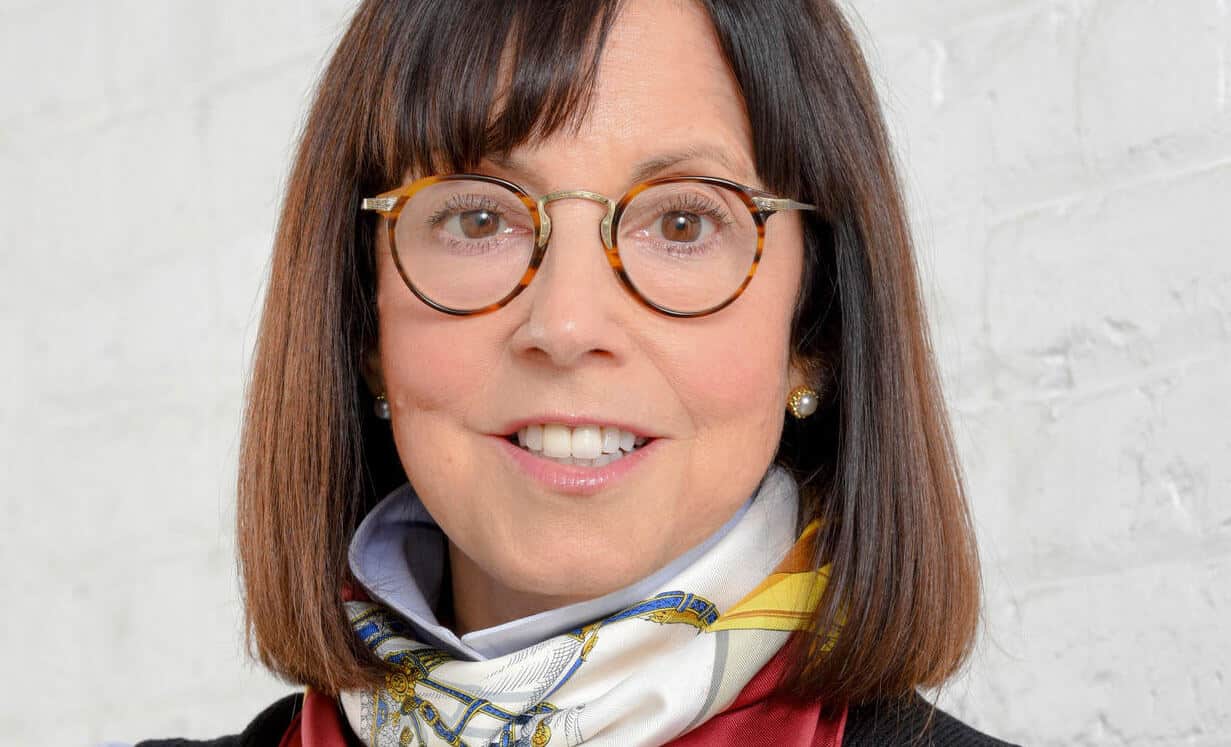
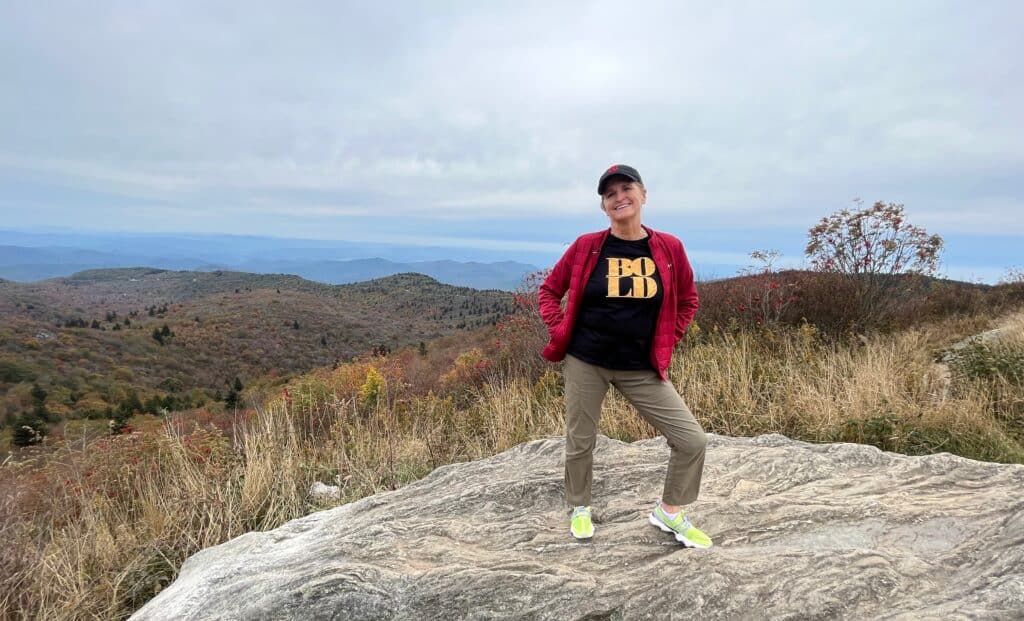















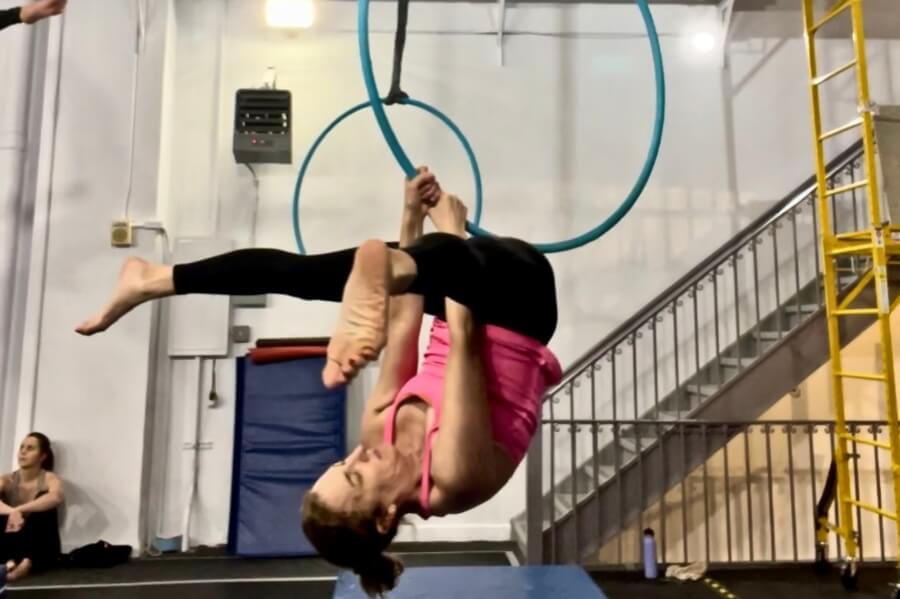
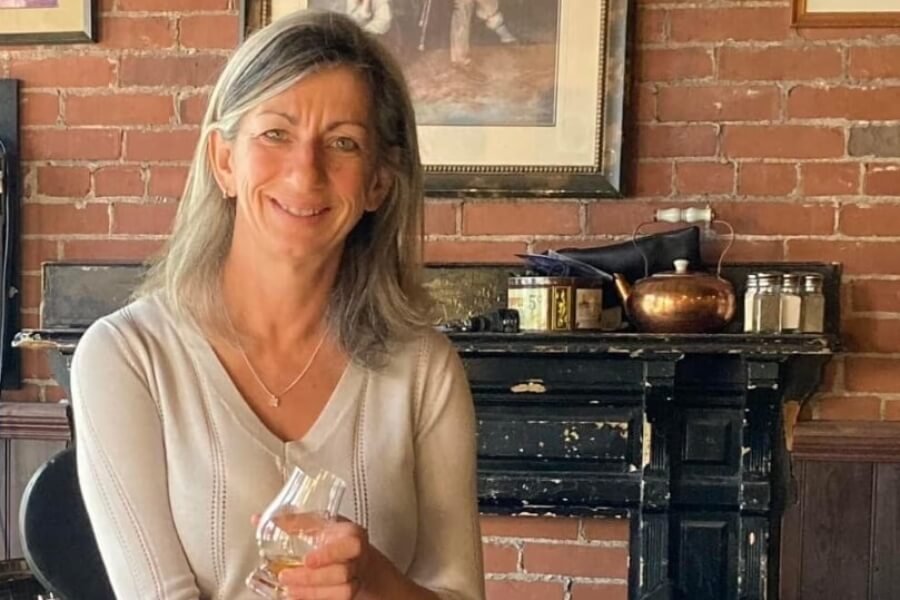

0 Comments